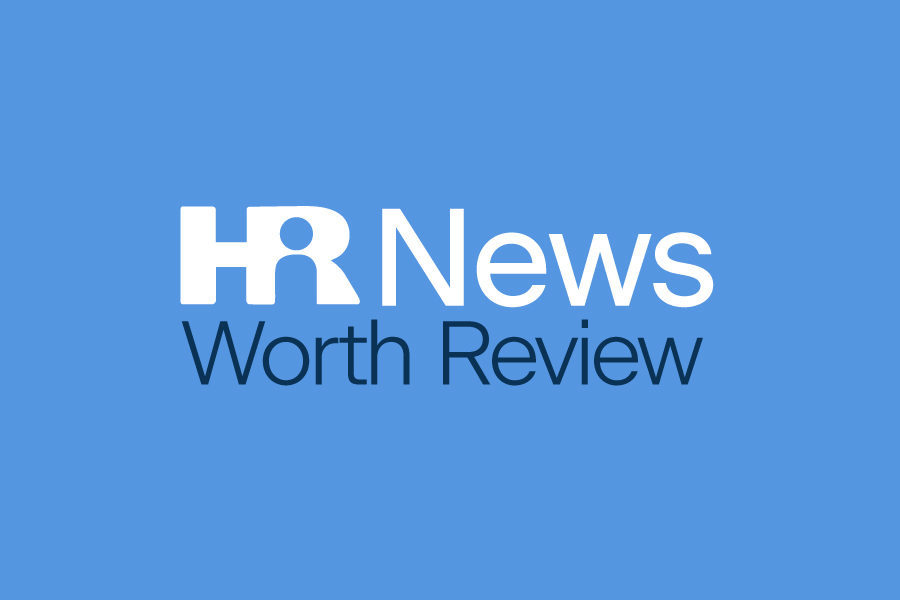Employee Benefit Plan Limits for 2021
Many employee benefits are subject to annual dollar limits that are periodically updated for inflation by the IRS. The following commonly offered employee benefits are subject to these limits:
- High deductible health plans (HDHPs) and health savings accounts (HSAs);
- Health flexible spending accounts (FSAs);
- 401(k) plans; and
- Transportation fringe benefit plans.
Employer Takeaway
The IRS typically announces the dollar limits that will apply for the next calendar year well in advance of the beginning of that year. This gives employers time to update their plan designs and make sure their plan administration will be consistent with the new limits. The chart below shows the applicable dollar limits for 2021.
| Limit | 2020 | 2021 | Change |
| HSA Contribution Limit | |||
| Self-only | $3,550 | $3,600 | Up $50 |
| Family | $7,100 | $7,200 | Up $100 |
| Catch-up contributions* |
$1,000 | $1,000 | No change |
| HDHP Minimum Deductible | |||
| Self-only | $1,400 | $1,400 | No change |
| Family | $2,800 | $2,800 | No change |
| HDHP Out-of-Pocket Maximum | |||
| Self-only | $6,900 | $7,000 | Up $100 |
| Family | $13,800 | $14,000 | Up $200 |
| Health FSA | |||
| Limit on employees’ pre-tax contributions |
$2,750 | $2,750 | No change |
| Carryover limit | $550 | $550 | No change |
| Dependent Care FSA* | |||
| Tax exclusion | $5,000 ($2,500 if married and filing taxes separately) | $5,000 ($2,500 if married and filing taxes separately) | No change |
| Transportation Fringe Benefits (Monthly Limits) | |||
| Transit pass and vanpooling (combined) | $270 | $270 | No change |
| Parking | $270 | $270 | No change |
| 401(k) Contributions | |||
| Employee elective deferrals | $19,500 | $19,500 | No change |
| Catch-up contributions | $6,500 | $6,500 | No change |
| Adoption Assistance Benefits | |||
| Tax exclusion | $14,300 | $14,440 | Up $140 |
Final Rule on Health Care Transparency Issued
On Oct. 29, 2020, the Departments of Labor (DOL), Health and Human Services (HHS) and the Treasury (Departments) issued a final rule regarding transparency in coverage that imposes new transparency requirements on group health plans and health insurers in the individual and group markets. These provisions only apply to non-grandfathered coverage, including both insured and self-insured group health plan sponsors.
This final rule was issued in response to an executive order issued on June 24, 2019, aimed at improving price and quality transparency in health care.
Health Care Transparency Provisions
Specifically, the final rule requires plans and issuers to disclose:
- Price and cost-sharing information to participants, beneficiaries and enrollees upon request: Personalized cost-sharing information must be made available through an internet-based self-service tool and in paper form upon request. An initial list of 500 shoppable services will be required for plan years beginning on or after Jan. 1, 2023. The remainder of all items and services will be required for plan years beginning on or after Jan. 1, 2024.
- In-network provider-negotiated rates and historical out-of-network allowed amounts on their website: For plan years beginning on or after Jan. 1, 2022, plans and issuers will also be required to disclose on a public website their in-network negotiated rates, billed charges and allowed amounts paid for out-of-network providers, and the negotiated rate and historical net price for prescription drugs.
The final rule allows issuers that share savings with consumers resulting from consumers shopping for lower-cost, higher-value services, to take credit for those “shared savings” payments in their medical loss ratio (MLR) calculations. There are also important dates employers will need to take note of:
- Jan. 1, 2022: Detailed pricing information must be made public for plan years beginning on or after Jan. 1, 2022;
- Jan. 1, 2023: A list of 500 shoppable services must be available via the internet-based self-service tool for plan years beginning on or after Jan. 1, 2023; and
- Jan. 1, 2024: The remainder of all items and services is required for plan years beginning on or after Jan. 1, 2024.
Employer Takeaway
The final rule will require plans and issuers to disclose personalized price and cost-sharing information to consumers. For employers with fully-insured plans, their carrier will most likely be fulfilling these requirements. For employers with self-funded/ASO plans, they will need to work with their carrier or TPA partner to determine how these disclosures will be provided to participants.
Kaiser Family Foundation Releases its Annual Employer Health Plan Survey
Employer-sponsored insurance covers approximately 157 million people. To provide current information about health benefits, the Kaiser Family Foundation (KFF) conducts an annual survey of private and non-federal public employers with three or more workers. This is the 22nd Employer Health Benefits Survey (EHBS) they have released and reflects health benefits in 2020.
Among its major findings:
- In 2020, the average annual premiums for health insurance are $7,470 for single coverage and $21,342 for family coverage – an increase of 4 percent over the past year. In comparison, workers’ wages increased 3.4 percent, and inflation increased 2.1 percent.
- PPOs are still the most popular plans, with 47 percent of workers enrolled, followed by HDHPs (31 percent), HMOs (13 percent) and POSs (8 percent).
- 67 percent of all workers are covered by self-funded plans.
- Deductibles have stayed relatively the same since last year.
- 77 percent of employers that offered health risk management programs found that incentives were effective in increasing participation.
- There was a significant increase in both telemedicine offerings and usage over last year.
Employers can review the entire 214-page survey results here.
Subscribe to Higginbotham emails for HR News Worth Review sent to your inbox monthly.


